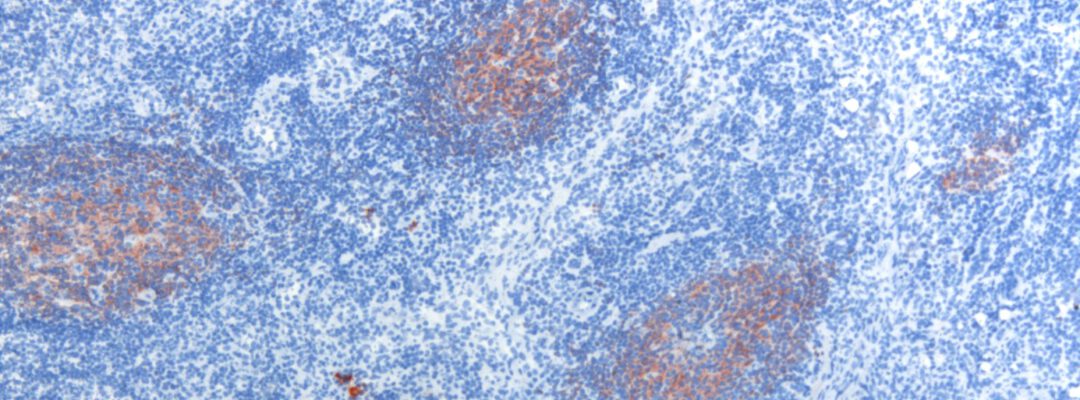WP3 and WP6
WP3: Antibodies & assays: on structure function
In workpackage 3 we try to understand the impact of B cell targeted therapy on the repertoire of autoantibodies with respect to different subclasses of IgG, isotypes and glycosylation. Most therapies will suppress all B cells, but we don’t know if the same or different auto-antibody producing B cells return after stopping the treatment. We have selected 5 autoimmune diseases to start with to compare the dynamics of autoantibody characteristics over time during and after treatment. Since this question closely relates to workpackage 6 that focuses on the role of Fab glycans in B cell autoimmunity, we have joined forces and analyze both isotypes, subclass and Fab glycoylation in the same samples.

WP 6: Fab glycosylation: structure, function and relevance in autoimmunity and oncology
In work package 6, we specifically zoom in into Fab glycosylation of antibodies and the B cells that produce these antibodies. There is accumulating evidence that Fab glycans, which are introduced during somatic hypermutation, are highly relevant to pathogenic B cells in both autoimmunity and cancer. However, at present, the underlying selective mechanisms in lymphoma and autoimmunity, their commonalities and differences, remain unknown. Moreover, little is known on the role of Fab-glycans in physiological humoral immune responses.










